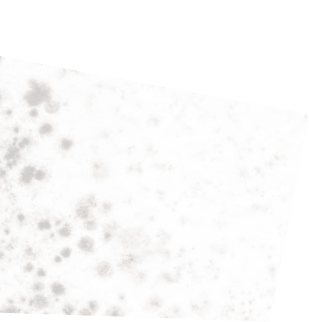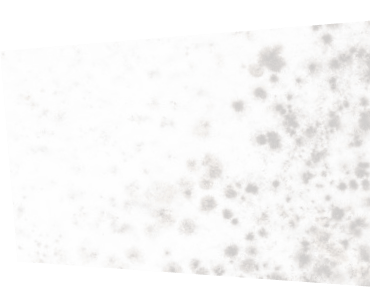.jpg) Many homes encounter mold issues at some point - from white, grayish or greenish patches on food to black spotting on water-damaged building materials. Mold spores are found in every corner of the world, so it is very hard to avoid them. They are easily moved by air currents, and once they settle at a place with enough moisture, warmth and organic matter, they start to germinate and form colonies. In order to properly deal with these microscopic organisms, we need to learn their behaviour and how to identify them. One of the more common types of mold, is black mold. Learning how to properly identify it allows you to remove black mold as quickly as possible.
Many homes encounter mold issues at some point - from white, grayish or greenish patches on food to black spotting on water-damaged building materials. Mold spores are found in every corner of the world, so it is very hard to avoid them. They are easily moved by air currents, and once they settle at a place with enough moisture, warmth and organic matter, they start to germinate and form colonies. In order to properly deal with these microscopic organisms, we need to learn their behaviour and how to identify them. One of the more common types of mold, is black mold. Learning how to properly identify it allows you to remove black mold as quickly as possible.
What is mold?
The term mold refers to many different species of fungi, which have a common quality – they form multicellular filaments known as hyphae. Molds are very productive and active members of natural ecosystems as they decompose organic matter and play an important role in nutrient cycling. However, their presence is highly unfavourable in homes and other indoor environments, as a high concentration of their spores in the air has negative effects on human health.
How to identify molds?
There are a lot of species of molds, and it can be sometimes difficult to differentiate one from the other. It is also not unusual to find multiple species growing in the same area. The most common types found in homes include:
1. Urocladium
These molds thrive in very humid environments, so they are typically found on severely water-damaged materials in bathrooms, kitchens and cellars. They are recognized by black stains that most commonly form between tiles and on baseboards.
2. Stachybotrys
Commonly known as black mold, these fungi are easily recognized by the typical symptom they cause - black spots with a slimy texture. Black molds produce toxins that have very negative effects on health with long-term exposure, so it is highly advised to arrange a professional black mold removal if you notice signs of their presence.
3. Aureobasidium
Pink, brownish or blackish spots behind wallpapers and on painted surfaces are typical signs of this allergenic mold. The colour of the spots depends on the mold’s maturity – young, pink mycelium turns gradually darker as it matures.
4. Fusarium
This genus of fungi includes many species that have the ability to produce various mycotoxins, causing symptoms of allergy, skin infections, as well as many serious health problems with long-term exposure. They are recognized by intensive pink, red or white mycelium that can grow and spread even in cooler conditions.
5. Penicillium
Blue or greenish velvety growth with a white halo is a typical indicator of a Penicillium infestation. These molds can grow on various materials (carpets, mattresses, clothes, etc.) and spread profusely in a very short period of time.
Black Mold Removal With Inch by Inch
The presence of molds in the home presents a perpetual threat to health, especially when it comes to toxigenic species like black mold. In order to get rid of them safely and permanently, it is best to call a professional. If you are looking for black mold removal in Toronto, reach out to Inch by Inch Inspections. The friendly staff of Inch by Inch is ready to provide quality service and turn your home back into a healthy environment.




